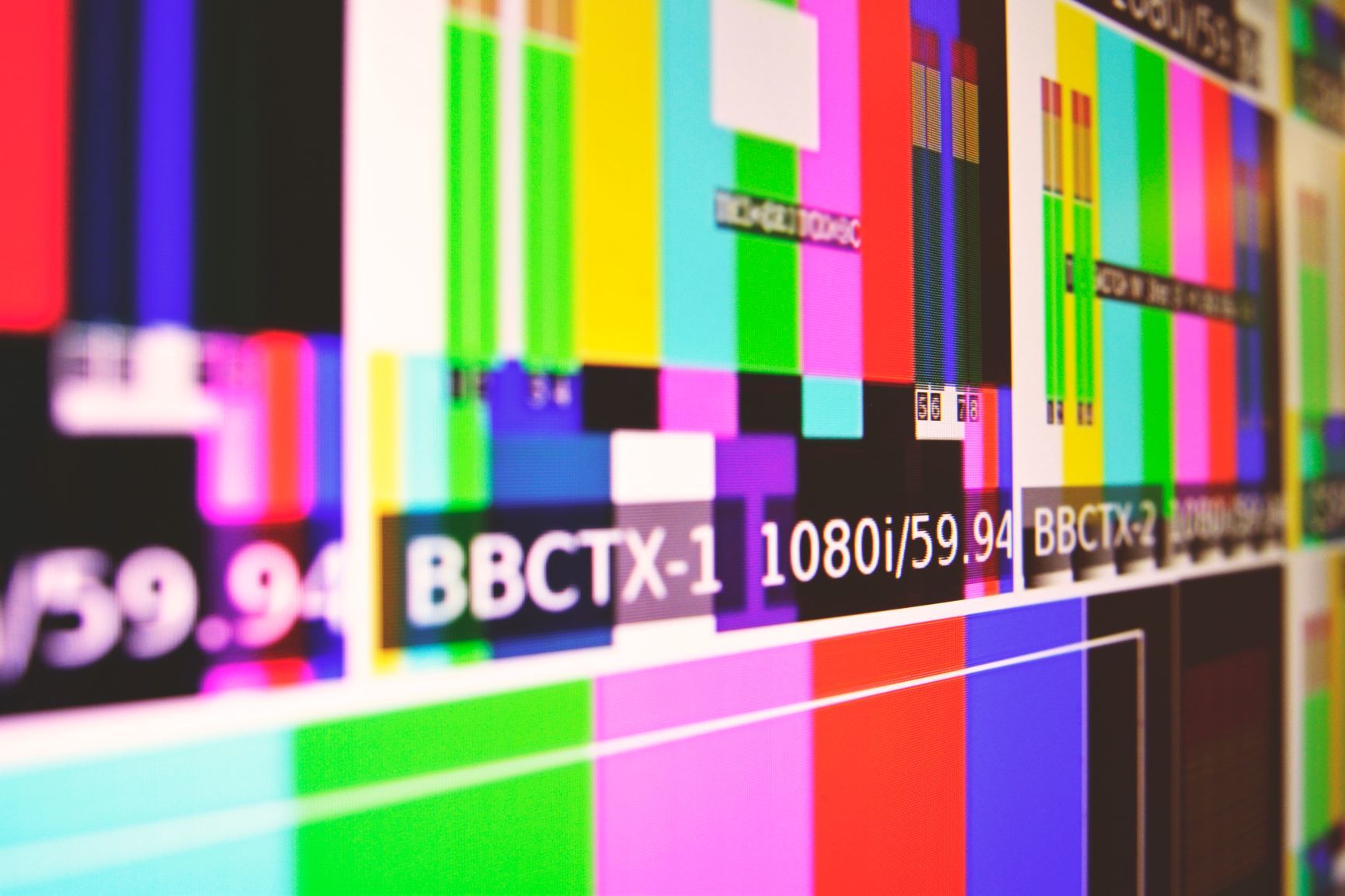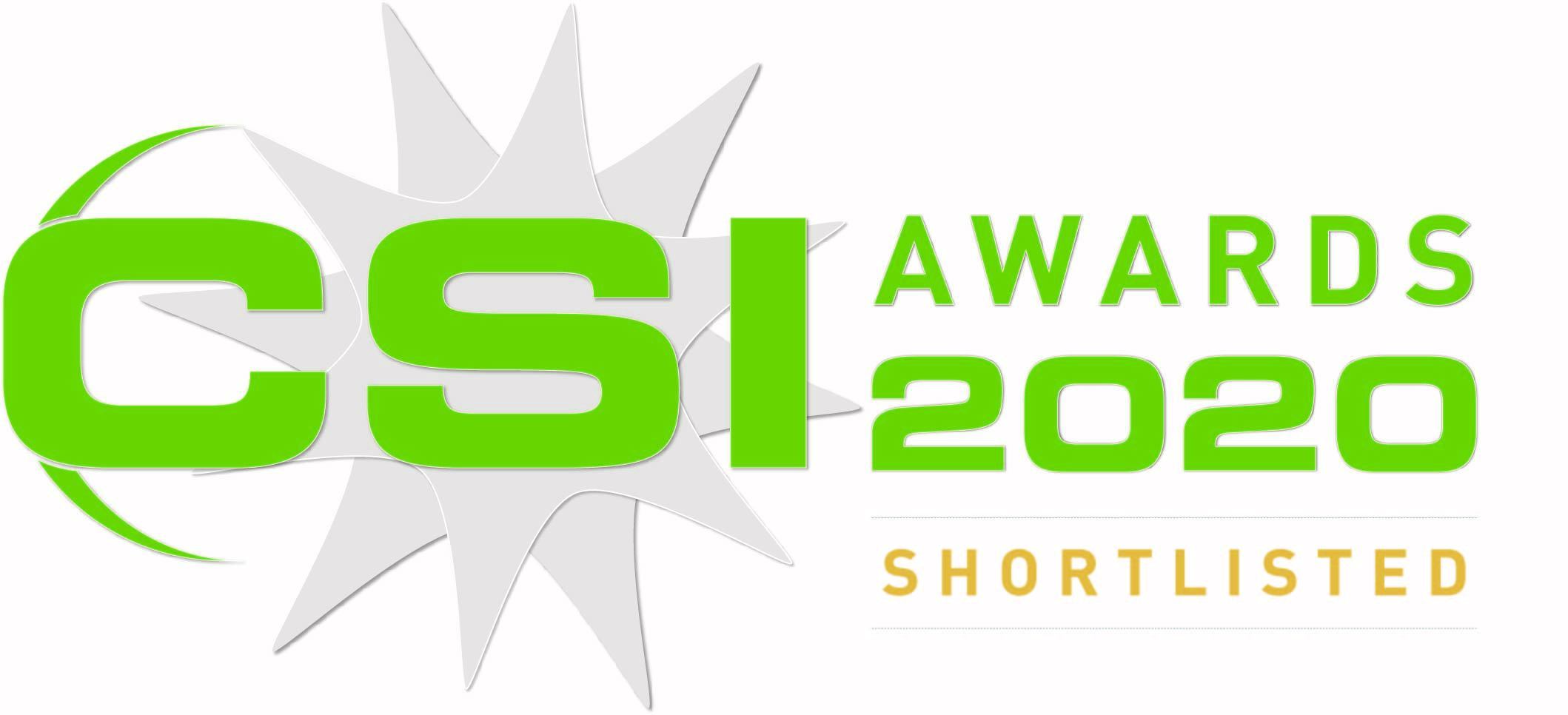
How ATSC 3.0 aka NextGen TV is a Win-Win for Broadcasters and Viewers
Sometimes a new law or standard is enforced that seems like a nuisance at the time to those concerned but ends up being particularly valuable in the long run. That was the case in 2009, when the Federal Communications Commission (FCC) mandated the Advanced Television Systems Committee (ATSC) 1.0 standard for the broadcasting industry to transition from analog to digital. While the primary purpose of ATSC 1.0 was to free up spectrum resources for advanced wireless services and public safety services, it resulted in superior quality of experience (QoE) for viewers. As it turns out consumers benefited from the new standard with a better picture and sound quality. So, once again, viewers will benefit with improved reception and sound as a result of the transition from ATSC 1.0 to ATSC 3.0 or NextGen TV.
But what does ATSC 3.0 mean for broadcasters?
According to Gordon Smith, NAB’s President and CEO at the Consumer Electronics Show, support for 3.0 for broadcasters is the path to stay competitive in the future. At a time when viewers are watching anytime, anywhere and turning to OTT streaming, broadcasters are looking for ways to offer quality programming and improve revenues. NextGen TV will offer broadcasters the added capabilities of subchannels, local content, personalization, customer engagement and emergency alerts that will remotely turn on televisions.
Although the FCC has approved the requested transition to ATSC 3.0 by broadcasters, it is not a mandatory requirement. They will not be regulating that ATSC 3.0 tuners be installed in new televisions or offering subsidies for consumers to switch over. ATSC 3.0 is not backward compatible so many stations will carry both standards until new TV tuners and set-top boxes catch up. The FCC expects the market to voluntarily adjust while broadcasters must continue to carry the ATSC 1.0 digital signal during a five-year transition period. Broadcasting stations will bear the brunt of initial costs with upgraded towers, antennas, transmitters and system integration, but they will reap the benefits with more robust programming capabilities.
Broadcasters can take advantage of broadband combined with OTA signals with more personalization and reverse data feed. Viewers will be offered audio and closed captioning in multiple languages. Content providers will be able to insert specific targeted commercials OTT along with linear programming, in other words dynamic ad insertion based upon geo location and demographics. Reverse signal capability will give broadcasters audience attribution information. Rather than relying on a third-party for data numbers, they will know firsthand what their viewers are watching, when and for how long. They will be able to use data and predictive analytics to understand customer experience and prevent audience churn.

What are the features of ATSC 3.0?
ATSC 3.0 is the first major Internet Protocol (IP) standard for television and the first new standard approved by the FCC in 25 years. The new terrestrial standard uses orthogonal frequency-division multiplexing (OFDM) that encodes digital data on multiple carrier frequencies enabling better reception from reduced signal interference. ATSC 1.0 used 8VSB or 8-level vestigial sideband modulation in its analog to digital transition standard. ATSC 3.0 provides 4K resolution which is quadruple the number of pixels that ATSC 1.0 has to offer at 1080p for high definition TV. Television picture quality is enhanced from high dynamic range and wide color gamut which will eventually extend to 8K television when it is fully available. Using Dolby AC-4 with lower bit rates, NextGen TV provides a sound upgrade that is more efficient than AC-3 used in its former 1.0 standard.
Where is it being deployed first?
A collaborative effort among broadcasting groups brings ATSC 3.0 or NextGen TV to large markets positioning it as a revenue-producing opportunity for local stations. Upon its successful introduction to the Phoenix, Arizona Model Market, the Pearl Group, comprised of Meredith, Nexstar, TEGNA and Sinclair Broadcast Group, recently announced it is ushering the commercial service to six major networks in Portland, Ore. Although ATSC 3.0 would be active and installed in network facilities, consumers will continue to view standard channels on ATSC 1.0 until TV tuners and set-top boxes are in place to receive NextGen TV. Slowed down by the pandemic, ATSC estimates the U.S. will have 62 first markets transmitting including the top 40 by mid-2021.
How is broadcast monitoring affected?
This new standard has not changed FCC requirements for broadcast compliance verification, but possibly made adhering to them more complex due to the interplay between broadcasters’ main OTA feed and their new IP-based feeds. Broadcasters still require logging and monitoring tools to prove they delivered content in accordance with regulations on closed captioning and audio loudness. With the addition of OTT feeds often outsourced from third parties, they will also need to support OTT streaming services and keep a good audit trail for other service-level agreements.
How can Qligent help?
Qligent’s flagship Vision product has monitored RF broadcast signals for QoE, QoS and compliance issues for years. Now, NextGen TV broadcasters can make the most of the Vision platform to monitor OTT streams to ensure positive user experience and prevent audience churn. Qligent Vision gathers OTT-specific metrics such as HTTP server and client errors, buffer errors and playlist errors. Providers can perform real-time and historical root cause analysis for predictive analysis and prevention. Combined with Qligent Analytics, Vision provides reliable audience measurement and trend prediction.









